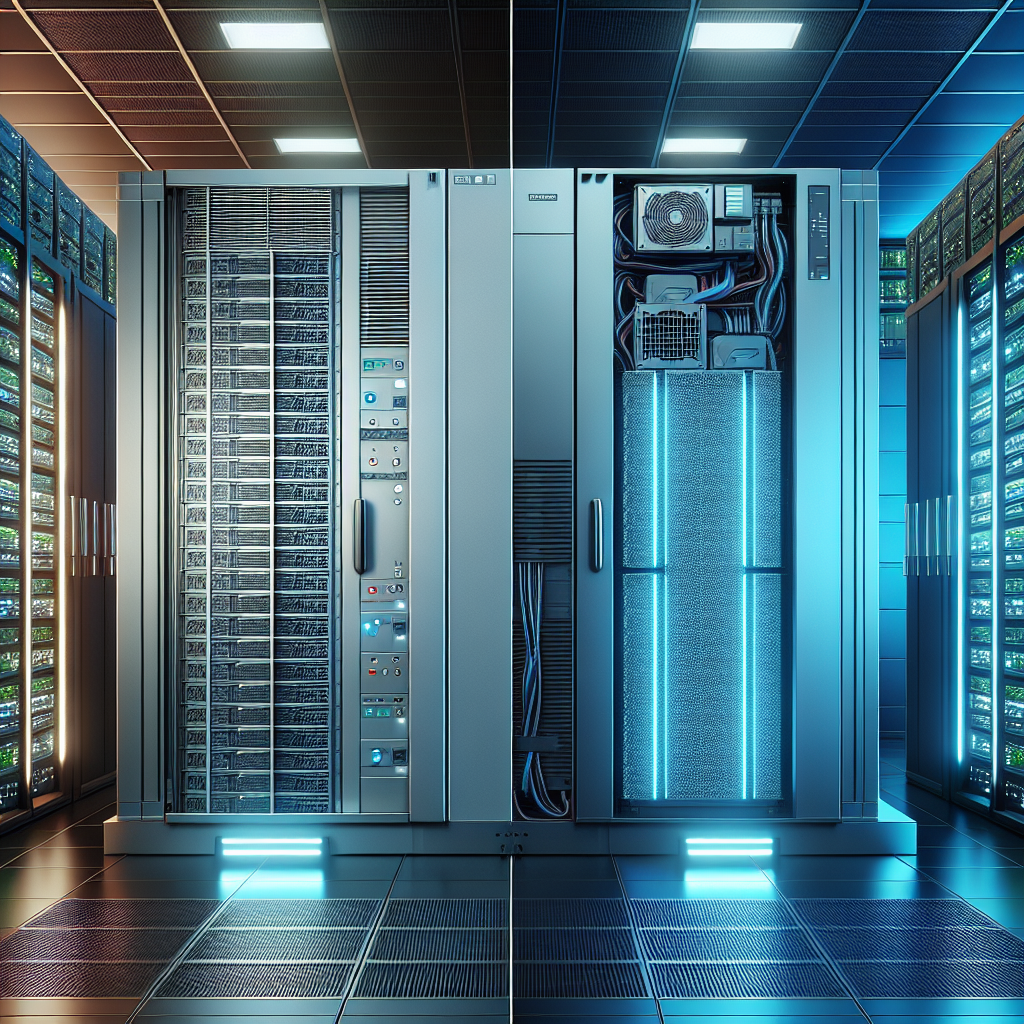Data centers are crucial for businesses to store and manage their valuable data and ensure uninterrupted operations. One of the key components of a data center is a UPS (Uninterruptible Power Supply) system, which provides backup power in case of a main power failure. There are different types of UPS systems available in the market, each with its own advantages and disadvantages. In this article, we will compare and contrast the different types of UPS systems for data centers.
1. Standby UPS:
Standby UPS systems are the most basic type of UPS systems. They provide power to the data center equipment from the main power source until a power failure occurs. When a power outage happens, the standby UPS switches to battery power to provide backup power. Standby UPS systems are cost-effective and suitable for small data centers with limited budgets. However, they have a longer transfer time when switching from mains power to battery power, which can lead to downtime for sensitive equipment.
2. Line-interactive UPS:
Line-interactive UPS systems are more advanced than standby UPS systems. They have an additional feature called automatic voltage regulation (AVR), which stabilizes the voltage fluctuations in the main power supply. This helps in protecting the data center equipment from damage due to power surges or spikes. Line-interactive UPS systems provide faster switchover times compared to standby UPS systems, reducing downtime. They are suitable for medium-sized data centers with moderate budgets.
3. Online UPS:
Online UPS systems are the most advanced and reliable type of UPS systems. They continuously provide power to the data center equipment from the battery, with the main power source acting as a backup. Online UPS systems offer the highest level of protection against power fluctuations, surges, and outages. They provide seamless power transfer without any interruption, ensuring uninterrupted operations for critical data center equipment. Online UPS systems are more expensive than standby and line-interactive UPS systems, making them suitable for large data centers with high availability requirements.
In conclusion, choosing the right UPS system for a data center depends on the size of the data center, budget constraints, and availability requirements. Standby UPS systems are suitable for small data centers with limited budgets, while line-interactive UPS systems are ideal for medium-sized data centers with moderate budgets. Online UPS systems offer the highest level of protection and reliability, making them suitable for large data centers with high availability requirements. It is essential for businesses to assess their specific needs and requirements before selecting a UPS system for their data center to ensure uninterrupted operations and data protection.

Leave a Reply
You must be logged in to post a comment.